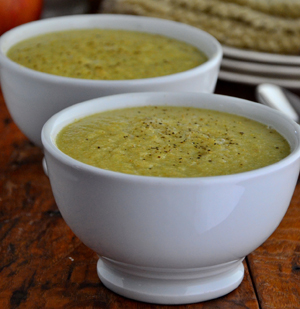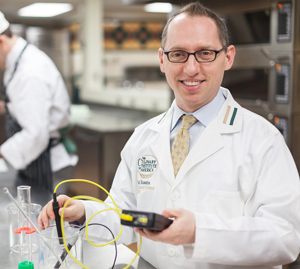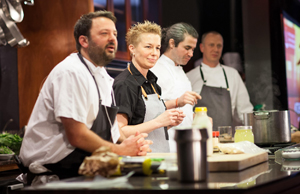The Biggest Dining and Menu Trends for 2014
Friday, 10 January 2014 17:57
 A roundup of predictions for this year from the most respected sources.
A roundup of predictions for this year from the most respected sources.
Courtesy of the Kendall College School of Culinary Arts
Consumers didn’t increase their visits to restaurants in 2013, but when they did visit they spent more. Indeed, consumer spending was up 2% over a year ago, driven by growth in average check size. What does 2014 look like in terms of foodservice patronage? Where will Americans eat, and what and how will they choose to eat when they dine out?
The Kendall College School of Culinary Arts in Chicago keeps its finger on the pulse of menu and dining-out trends, and for 2014 consulted three leading global information companies—plus the National Restaurant Association’s annual What’s Hot culinary forecast that surveyed nearly 1,300 members of the American Culinary Federation—to compile the biggest predictions for the foodservice industry in 2014.
Fast Casual Grows Fast
If last year was a struggle for full-service restaurants, casual dining and midscale/family dining, the fast-casual segment continued its growth trend in 2013, with traffic up 8% in the year ending September 2013 compared to same period a year before, according to The NPD Group. Says Mintel, new fast-casual concepts focusing on customization, quick service and convenience are gaining customers who are willing to pay more for better quality and healthier foods. Better-burger chains, health-focused concepts and made-to-order pizza restaurants are on the rise.

 This special-edition flavor forecast commemorates McCormick’s 125th anniversary with predictions for such trending flavors as chamoy sauce, cassava flour and tea.
This special-edition flavor forecast commemorates McCormick’s 125th anniversary with predictions for such trending flavors as chamoy sauce, cassava flour and tea. Most every restaurant will offer soup, but not every “restoring shop” will have a uniquely delicious apple soup. Says this expert, they should.
Most every restaurant will offer soup, but not every “restoring shop” will have a uniquely delicious apple soup. Says this expert, they should. Videos by Ted Russin are included in a free course with 80,000 students worldwide.
Videos by Ted Russin are included in a free course with 80,000 students worldwide. At this year’s Worlds of Flavor Conference at the CIA in the Napa Valley, presenting chefs from the best kitchens in Western Europe, Asia, Latin America and the United States stressed developing a sense of place in one’s cuisine.
At this year’s Worlds of Flavor Conference at the CIA in the Napa Valley, presenting chefs from the best kitchens in Western Europe, Asia, Latin America and the United States stressed developing a sense of place in one’s cuisine.